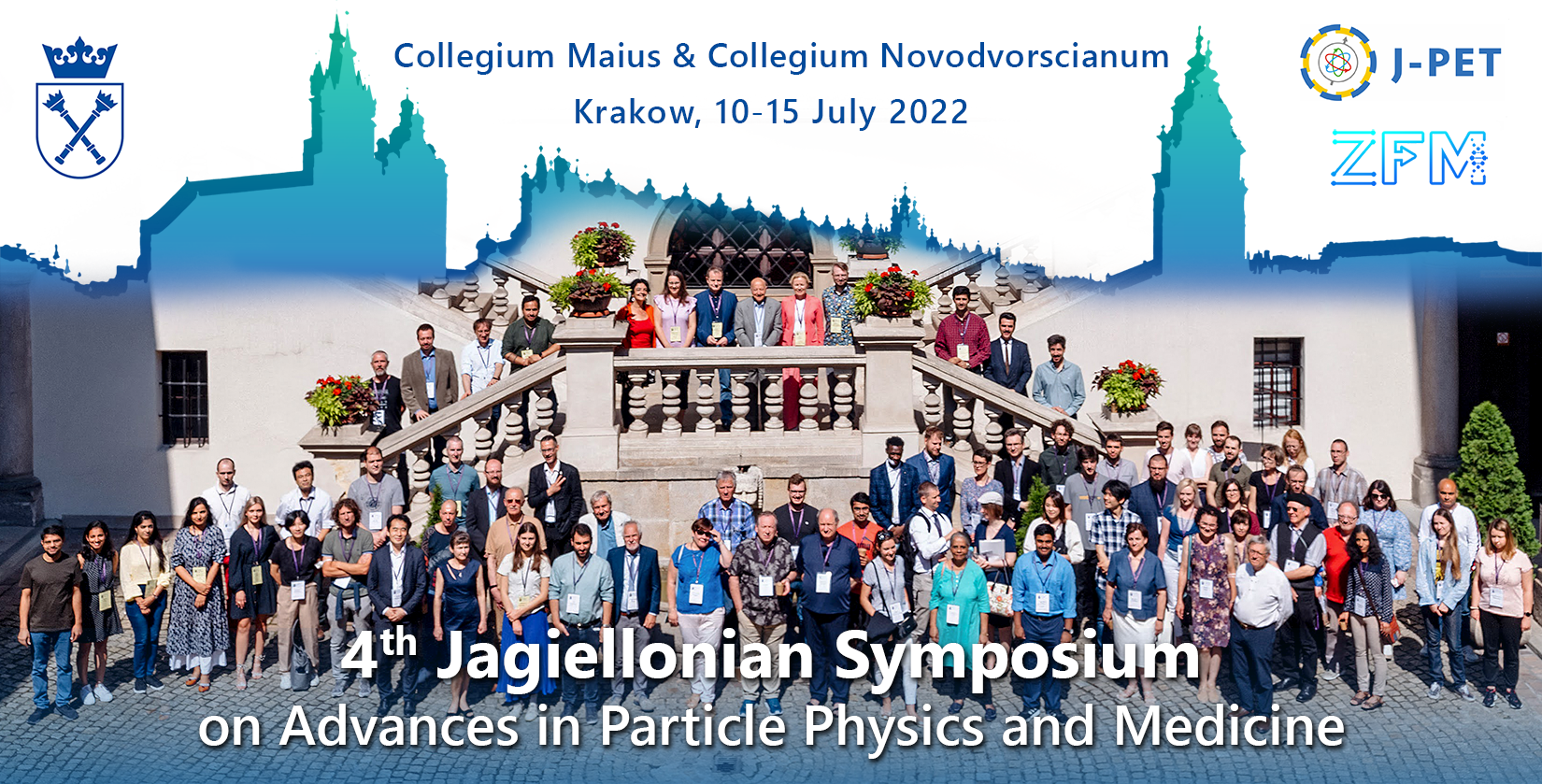Speaker
Description
Among many computational methods, compartmental models are still attractive for many applications in medicine, both in the fields of therapy and diagnosis. Below relevant examples are presented, they are based on literature and own research results.
Kinetics models based on differential equations are common for dose estimation in extracorporeal therapies. Hemodialysis adequacy considers methods based on experimental data providing to different measures like Kt/V or equivalent renal function. This can be improved by adding additional dialysis adequacy indices tested by numerical simulations. Mathematical models may accurately reproduce the clinical data of adequacy markers like urea or creatinine. In extracorporeal liver support therapies (ELS) considerable efforts focus on dose parameter estimation, correct identification of compartment volumes and transfer coefficients parameters. A limited amount of clinical data in this case can be resolved by combined models of kinetics of the two substances: bilirubin and urea. Building new models for ELS may also be partially supported by the use of physiological models of bile acid kinetics previously described in the literature.
The outcome of the model depends on its structure, parameters and initial conditions. Therefore, it is necessary to investigate the sensitivity of applied parameters, especially when the number of observation points is limited as it facilitates to decide the sampling rate in clinical practice. The accuracy of the parameter estimation may be improved if the sampling time is selected individually for each patient near the peak values of the sensitivity. This is beneficial both for the individualization of therapy assessment for a single patient and for the preparation of a new complete clinical trial protocol.
Compartment models describing the kinetics of radiolabeled substances are successfully used to support PET and SPECT imaging diagnostics where radiopharmaceuticals are used routinely. The results of the mathematical model allow, in this case, to obtain additional detailed diagnostic information. Models are also useful for comparing the diagnostic value of PET and SPECT tests, for distinguishing malignant neoplasms from inflammations or other benign changes, for assessing the diagnostic value of new radiopharmaceuticals or for assessing the impact of disturbances on the results of estimated physiological parameters. Additionally, they are applied to evaluate the results of magnetic resonance imaging or to differentiate the severity of Helicobacter pylori infection based on the result of a C-14 labeled urea breath test.
Last but not least, a clinically important area of application of this type of models is the assessment of radiological exposure during radiopharmaceutical exams, but also in the assessment of the accumulation of selected elements in our body, e.g. lead.
In each of the above-mentioned applications, the key is to define the initial assumptions and to properly adjust the complexity of the model to the amount of available experimental data and then to verify the model. Despite their limitations compartmental models can be used to identify meaningful physiological parameters helpful in making the correct diagnosis or selecting the appropriate therapeutic dose.

